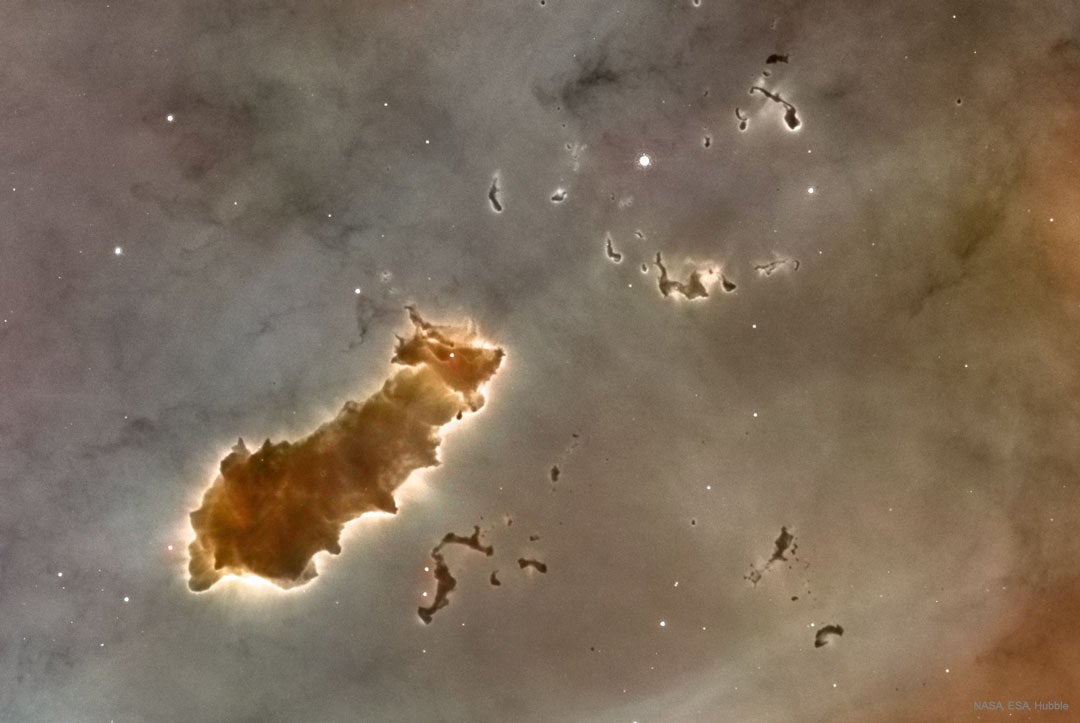The Independent's journalism is supported by our readers. When you purchase through links on our site, we may earn commission.
Astronomers discover stars are forming much faster than previously thought
Scientists peered into a molecular cloud to make the surprising discovery using the largest radio telescope in the world

Your support helps us to tell the story
From reproductive rights to climate change to Big Tech, The Independent is on the ground when the story is developing. Whether it's investigating the financials of Elon Musk's pro-Trump PAC or producing our latest documentary, 'The A Word', which shines a light on the American women fighting for reproductive rights, we know how important it is to parse out the facts from the messaging.
At such a critical moment in US history, we need reporters on the ground. Your donation allows us to keep sending journalists to speak to both sides of the story.
The Independent is trusted by Americans across the entire political spectrum. And unlike many other quality news outlets, we choose not to lock Americans out of our reporting and analysis with paywalls. We believe quality journalism should be available to everyone, paid for by those who can afford it.
Your support makes all the difference.Scientists believe that stars are forming much faster than previously expected, according to a new study using the largest radio-telescope in the world.
Chinese astronomers used the Five-hundred-metre Aperture Spherical Telescope (FAST) to look inside a molecular cloud 450 light-years away from Earth called Lynds 1544 – a part of the universe right on the brink of birthing a new star.
The astronomers discovered that the magnetic field between the densest part of the cloud – where the new star will originate from – and the thinnest regions of the cloud’s edges was 13 times weaker than their models predicted.
This means it would not be strong enough to hold back the enormous nuclear fusion that would eventually ignite inside the cloud.
“The detection of a reduced magnetic field in the prestellar core L1544 … may change our understanding of star formation. The observation suggests that changes in magnetic fields, which have an important role in the evolution of interstellar medium and star formation, happen sooner than previously thought”, the astronomers wrote in a statement.
Should other gas clouds exhibit the same behaviour, it would revolutionise the theory of star formation – putting a much greater onus on the effects of gravity rather than the cloud’s dense core.
The new study was published in the journal Nature on 5 January.
The construction of China’s enormous telescope needed to rehome over 9,000 people as part of the hunt for extraterrestrial life.
In the three years since its construction in 2016, scientists have picked up over 100 signals coming from deep space. These signals are fast radio bursts, coming to Earth in the form of extreme radio signals, but are yet to be properly explained.
Possible explanations have ranged from a star falling into a black hole to communications from a distant alien race.
Join our commenting forum
Join thought-provoking conversations, follow other Independent readers and see their replies
Comments